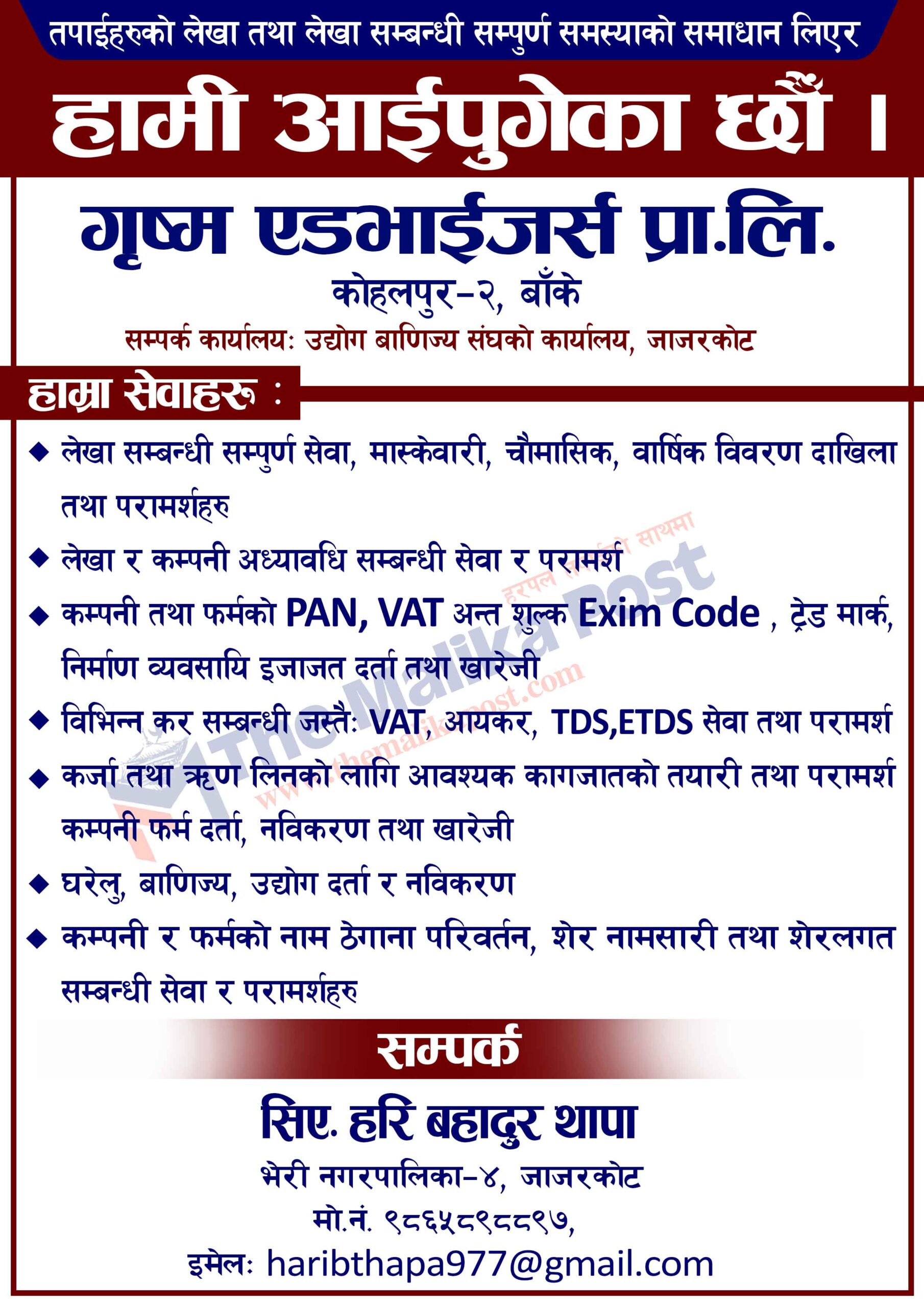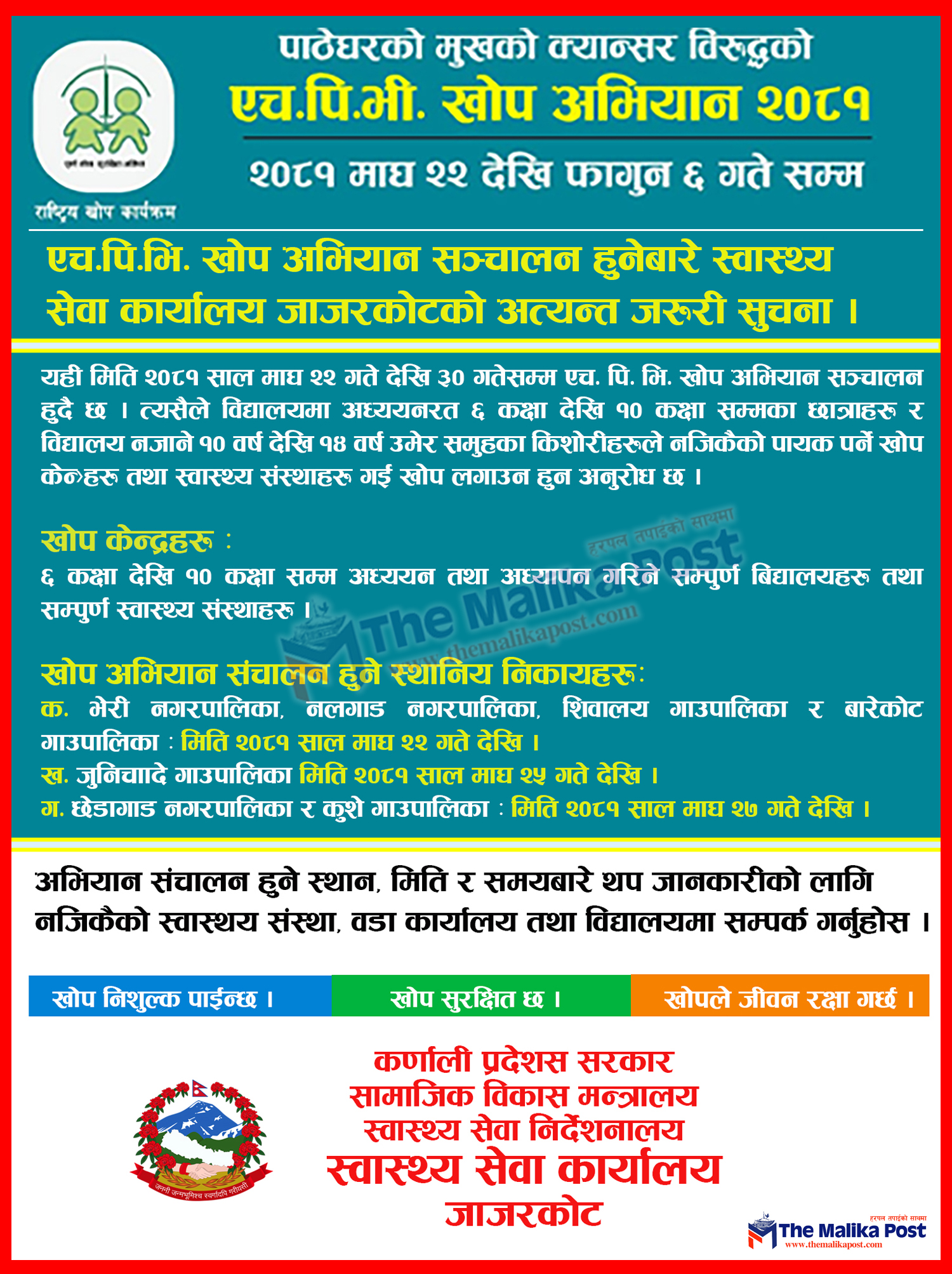In the .tar file, you will find there is a collection of directories or files uncompressed. It’s often useful to list the contents of a .tar.gz file without having to unzip the entire archive. Though gzip is the most common compression utility, it’s not the only one. As you might imagine, using a different compression utility on a .tar file will result in a different double extension. Some common examples include .tar.bz2 (bzip2), .tar.br (Brotli), and .tar.zst (zstd), among many others.
Just like the more familiar .zip files, .tar files compress large files into a single package, making it easier to store and send them through email, servers, and so on. As a result, it has become a common file extension for many open-source software packages and other resources. From videos to entire software packages, many files are compressed and stored using the .tar.gz format. While extracting a .tar.gz file isn’t quite as easy as unzipping a .zip, it’s still pretty straightforward. There are several ways to extract or unzip a tar.gz file in Linux, depending on the tool you have available or prefer to use.
Method-1: Untar tar.gz files using tar command
Thankfully, unless you’re somehow missing your tar or gzip utility, most common errors are very easy to fix. Like the tar utility, gzip also allows you to zip and unzip multiple files or entire directories at a time. As a result, one isn’t necessarily better than the other — it’s all a matter of application. For sending and storing, both .zip and .tar.gz files allows you to send relatively large packages as a single file. However, there are some pretty major differences when it comes to accessing data within the files and the compression efficiency.
How to Extract or Unzip tar GZ File in Linux using Command Line
A tar.gz file combines TAR (Tape Archive) and GZ (Gzip) compression. Both technologies are free to use; they are used widely to get highly compressed and make single archives of multiple files. First, tar creates an archive file, and then gzip compresses the resulting archive. The file extension .tar.gz or .tgz indicates that the file is a compressed tar archive. In this guide, you will learn how to extract or unzip .tar.gz files in Linux. The tutorial also explains how to handle specific file extractions, preserve file ownership, and ensure security when working with untrusted archives.
How do I extract .tar.gz files using a graphical user interface (GUI)?
It is simply created by combining multiple files or directories into a single file and then compressing it using gzip compression. Where .zip files consist of many individually compressed files, .tar files are compressed as a single package, leaving its files uncompressed. In other words, .zip files are a collection of compressed files, while .tar files are a compressed collection of files. To extract a tar.gz file using the tar command, you need to use the -x option, which tells libertex group paid social acquisition manager tar to extract the files from the archive. You also need to use the -z option to indicate that the archive is compressed with gzip, and the -f option to specify the file name. Decompressing tar.gz files in Linux is a straightforward process once you understand the basic concepts and usage methods of the tar command.
Knowing how to unzip a .tar.gz file allows users to extract and access the archive’s contents efficiently. Throughout this guide, we will examine various strategies for unpacking .gz archives in Linux. From the versatile tar command to the more straightforward gzip and gunzip commands, we’ll cover everything. We’ll also dive into combining commands like unzip and tar, and using graphical interfaces for those who prefer a more visual approach.
Extract all content with tar command, extract a specific file and list the files without extracting them. Linux offers a variety of extraction methods for these archives, each bringing its own advantages. Here are comprehensive instructions for utilizing various commands and tools. Now that your ZIP files are extracted, you’re probably staring at a mix of DOCX files, PDFs, Excel sheets, or slides. Instead of juggling between multiple apps, try WPS Office; it’s a sleek, all-in-one suite that opens everything in one place.
Decrypting an Archive
When you extract files from a .tar.gz archive, the checksum is automatically verified to detect & handle any potential data corruption. This error usually occurs when a .tar has been saved as a .gz despite having never been compressed using the gzip utility. It may sound like a silly mistake, but it’s surprisingly common in situations where users directly rename files and their extensions (such as .tar and .gz) in the process. You can create your own compressed .tar files using compression utilities such as gzip. Gzip is one of the most popular and available options, especially since it comes built in to most Linux distributions and macOS.
- Let’s explore the extraction process for both Linux & Windows platforms.
- For placing the unpacked files in a different location, use the -C option to indicate your chosen directory.
- Here you can see that we are extracting the content of our archive into /tmp/temp.Jsuv directory instead of the current path.
- Most Linux systems come by default Tar tool to deal with the Archive files created using it.
- The reason that the file is not gzip format due to problem in download or other.
This article elaborated on how to list contents and extract or unzip .tar.gz files in Linux using different methods and tools, either via the terminal or GUI. It also explained the key differences between .tar, .tar.gz, and .zip files. It is commonly used for packaging multiple ecn broker overview characteristics and advantages files into a single archive for easy distribution and storage. As we see later, different compression utilities may require different methods for extracting and unzipping files.
You can extract zip files on Windows easily using File Explorer, it’s fast, reliable, and built into your system. But if you’re dealing with unusual file formats or large encrypted archives, tools like 7-Zip or WinRAR are worth installing. Once your files are extracted, WPS Office helps you open and edit them without switching between apps. Stay organized, work efficiently, and don’t stress over zipped folders again. I hope this guide made it easy for you to open zip files on Windows with confidence. To extract the contents of a .tgz file, you can use a tool such as tar (on Unix and Linux) or a file compression utility like 7-Zip or WinRAR (on Windows).
Using Mac Archive Utility
Short for “Tape ARchive,” the name “TAR” is a throwback to when files were stored on magnetic tape drives. The ‘.tgz’ or ‘.tar.gz’ extension denotes that the file is a TAR archive that has been compressed using GZIP. This combination helps in reducing the overall file size, making it easier to store or transfer.
- Before jumping into extraction, it’s helpful to know how to create an archive.
- Some operating systems give packages like “sudo”, “gnome” as dependent packages.
- But with .zip being the easier of the two to use, why use .tar in the first place?
- Note that this command also works with other common compression formats such as .tar.bz2.
- The tutorial also explains how to handle specific file extractions, preserve file ownership, and ensure security when working with untrusted archives.
This method is perfect when you’re dealing with standard ZIP archives, like school projects, office files, or bundles downloaded from the internet. If you’re looking for a quick way to extract ZIP files on Windows without third-party software, this is the most straightforward option. ZIP files are everywhere, whether you’re downloading resources from a website, receiving documents over email, or backing up data, ZIPs help keep things compact and organized. Still, many users get stuck trying to open or extract them and especially when large file sizes, encryption, or unfamiliar formats come into play. I’ve been there myself, wondering how to unzip a file on Windows without messing anything up or downloading a sketchy app. To extract the contents of a .tar.gz file to a different directory, use the -C option followed by the path to the desired directory.
Learn how to find and filter files in Linux by owner, size, date, type and content using the find command. akon reveals new plans for his 2000 Learn how to switch between users, log in as another user, and execute commands as another user in Linux. How to send valid HTTP POST requests with JSON data payloads using the curl command and how to avoid common syntax pitfalls.







द मालिका पोष्ट । २०८० पुष ११ गते बुधवार